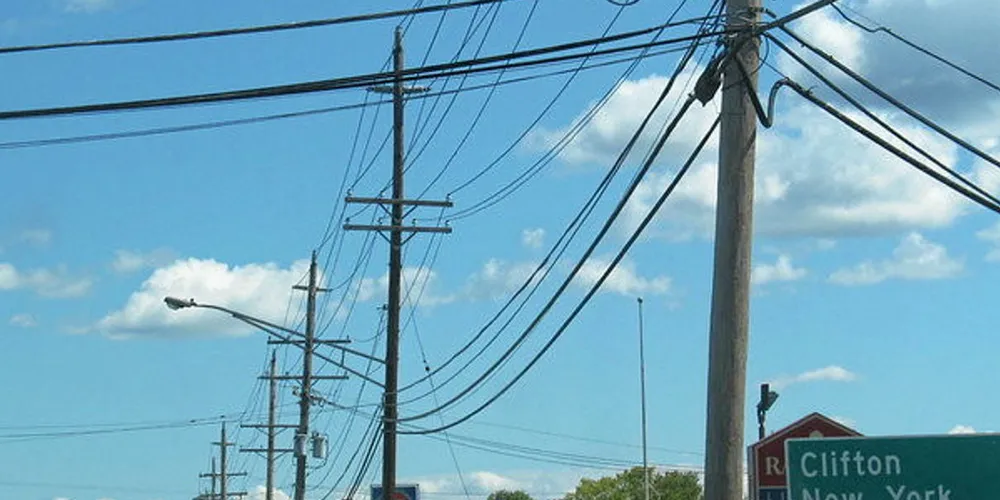US-Canada shared offshore wind backbone 'could save almost $800m'
Coalition including Hexicon, Northland Power, and TotalEnergies sees HVDC transmission connecting resources and markets in Nova Scotia to New England

While the US vision for offshore wind culminates in the vast reaches of the Gulf of Maine, a cross-border coalition of energy and transmission developers and suppliers is urging the nation to look even farther afield, to the windy sweeps of coastal Nova Scotia, Canada.
The 2GW line would traverse 621 miles (1,000km) from Nova Scotia, the Canadian province some 450 miles (724km) northeast of Boston, and southern New England that could offer benefits totalling some $780m annually for ratepayers through market efficiencies.
The concept is for a “shared corridor where projects in Nova Scotia and the Gulf of Maine could interconnect, and you can be moving electricity bi directionally,” said Abby Watson, president of Groundwire Strategies, the consultancy that is driving the effort.
Multiple projects could link to the at-sea cable, which would interconnect to the onshore grid at fewer coastal points compared to radial lines bringing each project individually to shore. The result would be lower environmental impacts and less risk of stakeholder opposition.
“This is not an export play,” Watson added. “This is a balancing resource for the region.”
The six states in New England – Connecticut, Rhode Island, Massachusetts, Vermont, New Hampshire, and Maine – are among US leaders in climate and emissions targets but their small geographies and dense populations challenge onshore renewable development.
The region has already set targets for some 14GW of offshore wind, while studies show that Massachusetts alone will need some 20GW of offshore wind capacity by 2050 to meet its net-zero goals, with the remainder needing another 10GW.
The Rhode Island and Massachusetts wind energy areas (WEAs) are the US’ largest, but they are largely subscribed with some 6GW of project offtake contracted to multiple states.
Along with Hexicon, coalition members include Atlantic Canada Offshore Development, a joint venture (JV) of Copenhagen Infrastructure Partners and Shell; Bear Head Energy; DP Energy; Grid United; Northland Power; and TotalEnergies SBE, a JV of Total and Simply Blue.
A cross border, at-sea HVDC transmission line would also take pressure off onshore grids, which are historically difficult to expand in the face of widespread opposition.
Canadian power
With little more than a million residents, Nova Scotia doesn’t have much power demand. It does have excellent wind resources, however, averaging 13 metres per second (m/s) that outdo even the Gulf of Maine.
Extensive areas of shallow water make fixed bottom foundations feasible, another cost-advantage over Gulf of Maine, which will almost certainly require floating wind on account of water depths in the WEA ranging from 200 to 400 metres.
“It's my prediction that Nova Scotia will be able to produce the world's cheapest offshore wind,” said Watson.
The concept would need to overcome multiple hurdles, including a sluggish US permitting process and Canada's lack of regulatory regime for offshore wind. Bottlenecks are also appearing in the manufacturing of HVDC transmission cables that could also challenge the idea.
The white paper is aimed at guiding policy makers towards efficient solutions that could enable renewable energy deployment at greater savings.
“Decisions about how transmission RFPs [requests for proposals] look in the next year or two from New England might be materially different, because they've seen data that shows this is a good way for us to meet our, our targets,” said Paradise.
(Copyright)